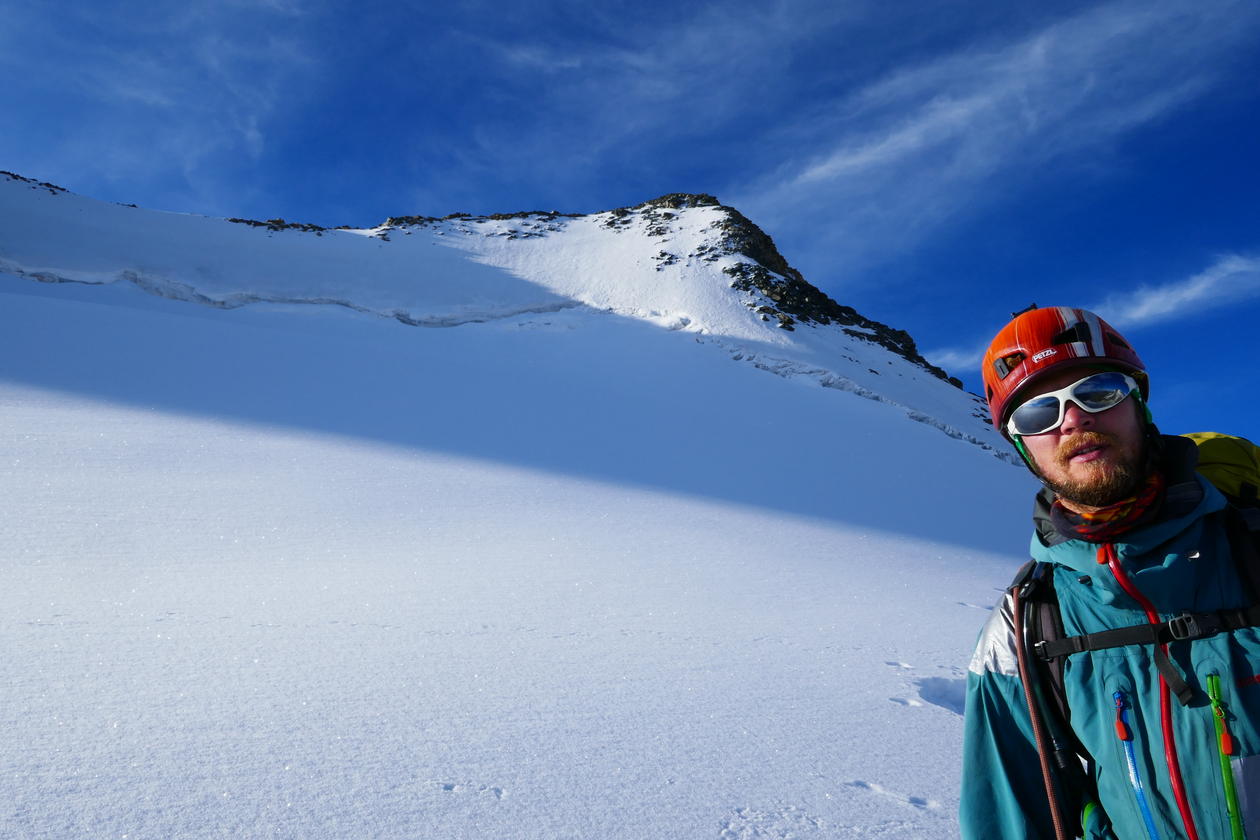Constraining the stability of the Greenland ice sheet by using ice core data and a novel surface mass balance model
PhD candidate: Tobias Zolles
Main content
Supervision: Dr. Andreas Born (UiB) Dr. Petra Langebroek (Uni Research Climate)
Project period: September 2017 - August 2021
This PhD project is part of the Modelling Englacial Layers and Tracers (MELT) in Ice Sheets project, which is funded by Bergens forskningsstiftelse (BFS)(https://www.uib.no/fg/mgg/119475/bfs-melt) with the aim to develop a novel type of ice sheet model that explicitly represents individual layers of accumulation and how they move through the ice in time. The main advantages of this approach are that this method enables the direct comparison of modeled and reconstructed data, either from ice cores or ground-penetrating radar data (Born et al., J. Glac., 2016). This work is associated with the East Greenland Ice Core Project (EGRIP) and I will participate in the field season of 2018.
The first part of my thesis focuses on the development of a surface energy and mass balance model. The model will increase the number of physical processes considered compared to current models used for long-term ice-sheet modeling, with a particular focus on latent heat exchange and surface albedo. At the same time, we will not compromise the numerical efficiency that makes these long simulations possible in the first place.
The mass balance model will be subject of a systematic sensitivity analysis, testing the individual physical processes and parametrizations. Furthermore, we will study the impact of uncertainty in the climate forcing. The mass balance model will be tuned using firn and shallow-core data as well as surface measurements.
The second part of my thesis focuses on the coupled ice-firn model. We will incorporate ice-core data to calibrate the model. With this innovative approach the model will not only optimize for the present-day ice-sheet outline, but also the internal isochronal structure of the ice-sheet which contains information of past ice flow and mass balance. Ice cores allow for sufficient calibration data to tune the model over a glacial cycle and give us a good initial representation for the present day ice-sheet and future simulations.
